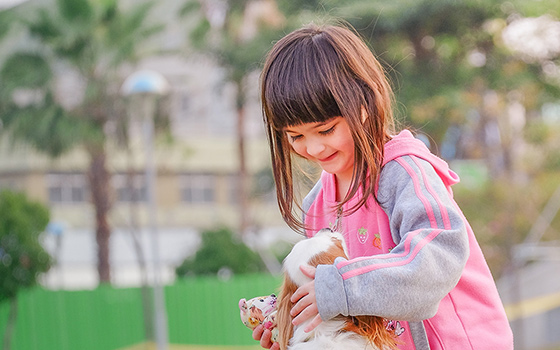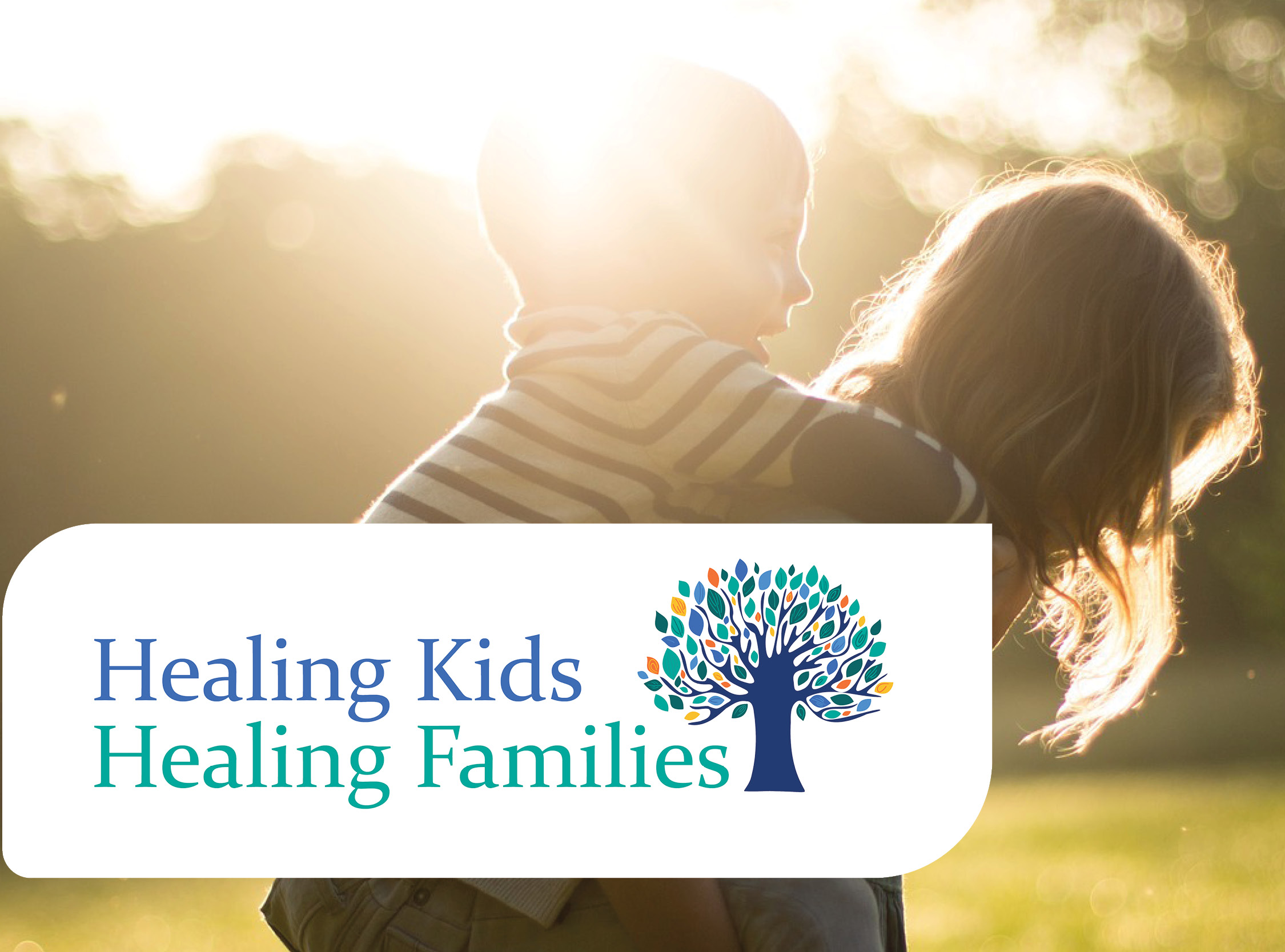Search

AuStralian Collaboration to Enhance Neuro-Development

Our Child Physical Activity, Health and Development team focuses on improving children’s physical activity levels, health and development. We work to uncover the best environments, policies and programs to facilitate physically active lifestyles for lifelong health and wellbeing.
Staff Vincent Mancini – Senior Research Officer Yi-Huey Lim – Research Officer Juliet Brook – Research Assistant Karina Prentice – Research Assistant

Simple Science Communicating our research Towards better research translation and community impact What is Simple Science? Our Simple Science series

News & Events
Back to school anxiety in little kidsNew year, new teachers, new classroom, new peers- it's no wonder that plenty of little kids (and parents) feel nervous as the first day of school approaches.

View the infographics that we have published in 2023 including building a secure attachment with your child, back to school anxiety in little kids, playful parenting, and more.
Research
Social support helps protects against depressed mood in adolescenceThe goals of the current study were to identify different trajectories of sadness from Grade 6 to 9 in Australian school students, and to explore the role that social support from school, teachers, friends and families play in supporting students’ mental health.

The Healing Kids, Healing Families team strives to understand how trauma and adverse circumstances can impact a child and their family, and how we can help them to recover from these experiences.
The Kids Research Institute Australia's annual report highlights the accomplishments of our researchers, furthering our mission to secure a happier, healthier future for kids everywhere.
The Kids Research Institute Australia's annual report highlights the accomplishments of our researchers, furthering our mission to secure a happier, healthier future for kids everywhere.
